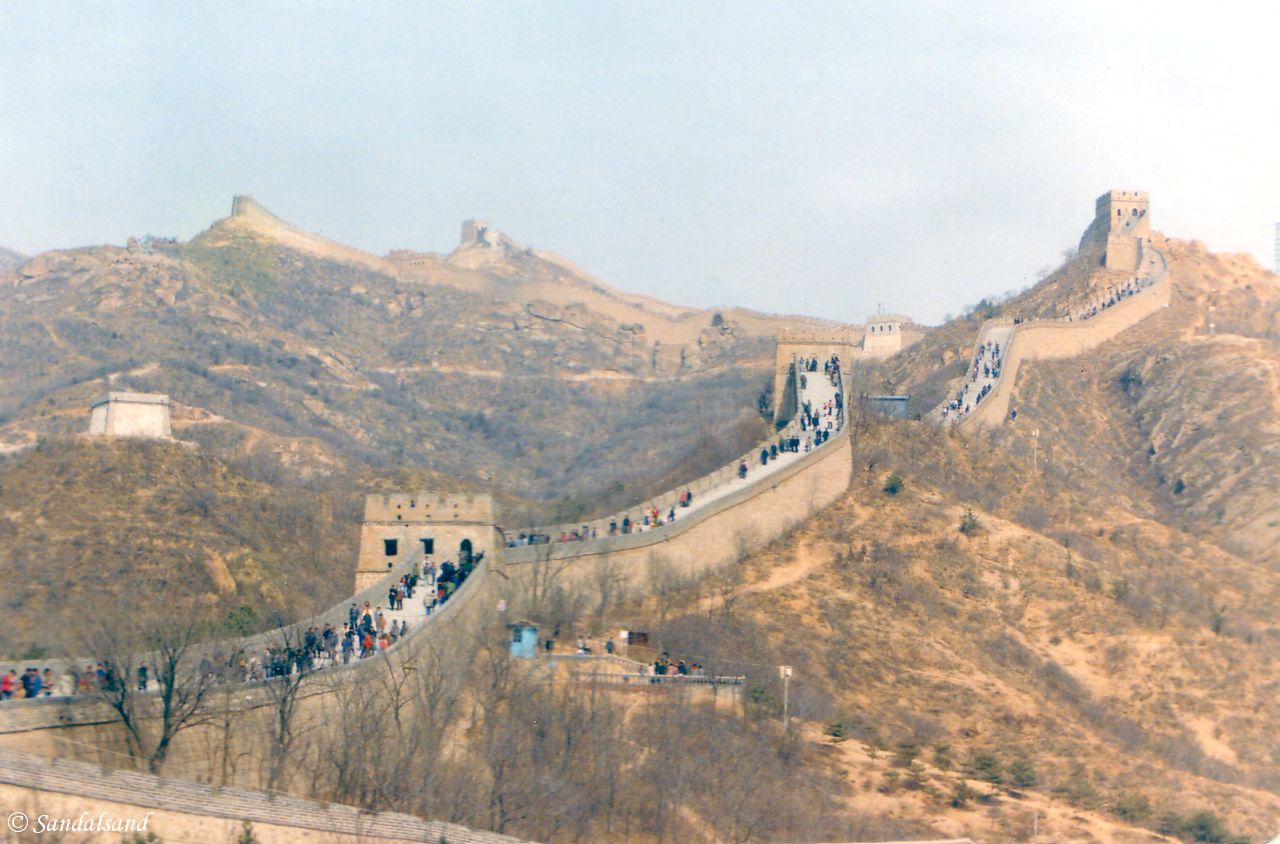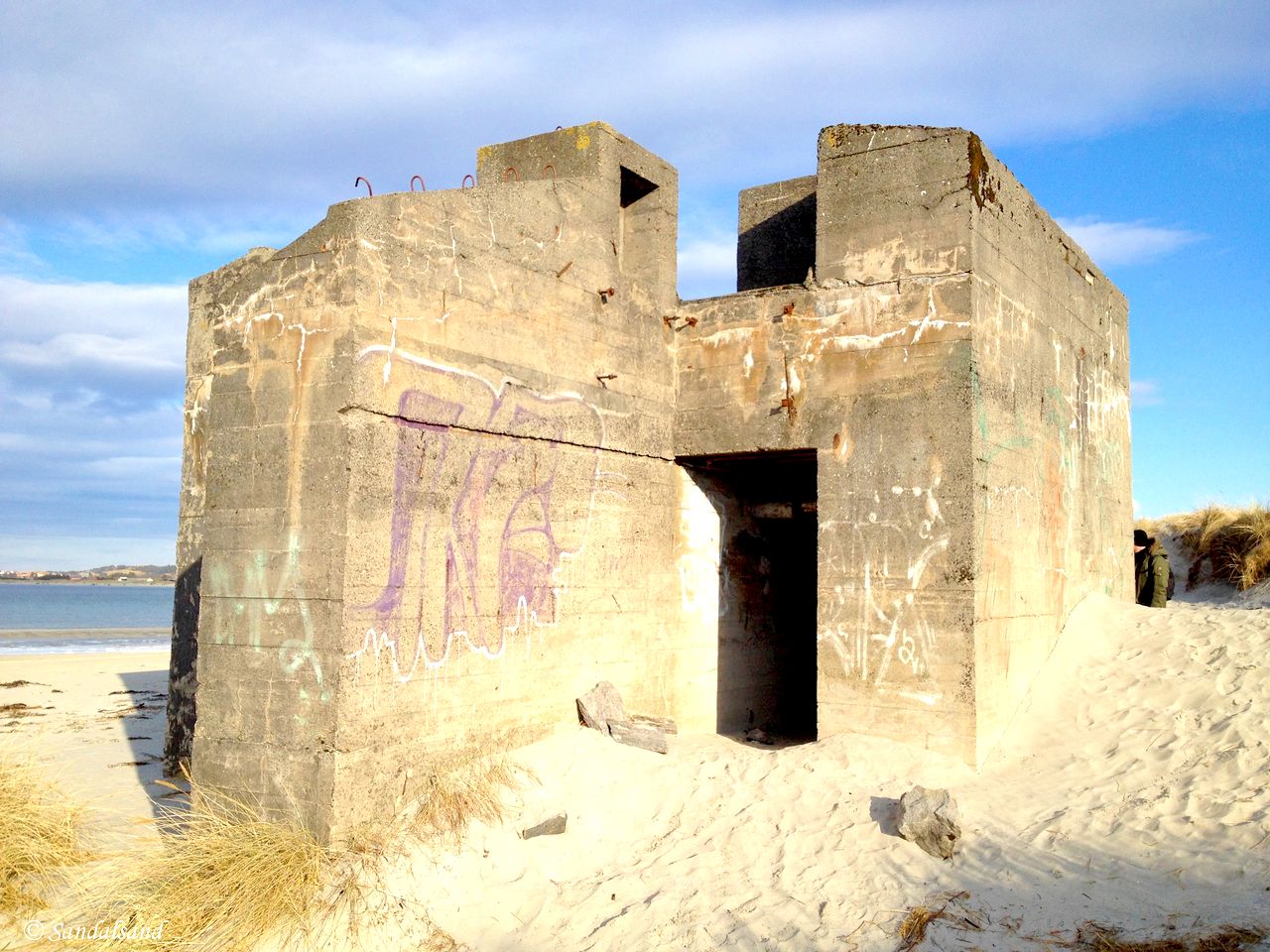There are some historically significant and physically huge defensive structures around the world. They built them to protect entire countries against hostile forces.
I will present some of them in this article, based on my own travels. There are also defensive structures with military purposes of a lesser size, but still very important strongholds. A few types will be presented in chapter 2 of this mini-series. Chapter 3 will present examples of defensive structures aimed at protecting the civilian population, not against military attacks but from forces of nature and against unidentified foes from within. Read on.
What comes to mind first is all the structures built for military purposes, safeguarding a country or realm against foreign military hostiles. My assertion is that history has proven most, if not all of them, failures or having limited success.
Historically, the gigantic defensive lines are the structures erected along a very long inland border or on the seashores.
The Great Wall
The largest and most famous is undoubtedly the Great Wall of China. This is the longest construction on earth spanning 6,350 kilometres, or even 21,196 km with all its sections, according to some estimates. The major part is 2,400 km long. There are a number of sections, built at different periods of time and with varying methods. Contrary to popular belief, the Wall is not visible from the moon.

The Great Wall at Badaling, north of Beijing
The oldest parts date back to the 7th century BC as a way to stop the Mongol hordes from entering China. The wall’s huge defensive structures did not stop them. Building efforts went on for centuries until the middle of the 17th century, under the Ming Dynasty. This was long after the Mongols had invaded, ruled and later abandoned China.
Hadrian’s Wall
The Great Wall is of course a UNESCO World Heritage Site. So is Hadrian’s Wall in the UK and similar Roman huge defensive structures in Germany. Of these Roman military structures only the wall in northern England has survived in a more than blurry archeological way to this day. Like in China, the Romans set up the wall as a means to protect the empire from marauding barbarians.
England – Hadrian’s Wall – Steel Rigg
Hadrian’s Wall, named after an emperor, was 117.5 km long and building begun in AD 122. It crosses northern England, roughly west of Newcastle. There was another wall, less fortified, to the north. The Antonine wall was thus erected even closer to the dangerous menace from the north, the Scots.
The Maginot Line
The Maginot Line is a comparatively modern European construction. It was named after a French Minister of War and put up in the 1930s to stop German military aggression. The French had been overrun by Germany twice in the last decades (1870 and 1914), and would not tolerate another invasion across its border. The Maginot Line was fortified enough to stop any aggression until a French mobilisation could take place. It was massive, stretching 720 km from the Swiss to the Belgian borders, up to 25 km wide.

Section of the Maginot Line near the Rhine
As we now know, the Germans simply went around it, through the Ardennes forest and Belgium, conquering France in six weeks in 1940. In 1944 the Allies followed the same tactics to avoid the Germans now manning the fortifications. The Maginot Line held its line, but missed its strategic importance of preventing an attack on France.
Festung Europa
Festung Europa or Fortress Europe was a term used by the Germans in the Second World War, and by the Allies too. The meanings were quite diverse but in essence dealt with the question of who would (re-)gain control of continental Europe in the years following the German occupation.

Rusty tank WW2 tank in Port-en-Bessin-Huppain, one of the D-Day landing beaches of France
My country, Norway, is on the outside of continental Europe but was very much a part of the “Festung”. In fear of an Allied invasion through the north flank, the occupying Nazis would keep a substantial number of soldiers in Norway throughout the war, peaking at 380,000. (At that time the population was only 3 million.) The coastline of Jæren, in the south-west, is even today filled with WW2 fortifications of all kinds: fortresses, bunkers, gun positions, trenches, ditches, tank stoppers, barbed wire, and so on.

Nazi-German bunker on the Jæren coastline, Norway
There are naturally many defensive lines around the world. In line with the above examples, the largest contemporary one that slips to mind is the DMZ border line between North and South Korea. I have yet to visit it. (2019 update: I have!)
Further reading
This is the first chapter about Defensive Structures of the World. The series:
(1) The huge ones:There are some historically significant and physically huge military structures around the world. They have been built to protect entire countries against invading hostile forces.
(2) The smaller ones: Some defensive structures are basically walled military compounds on a limited area, fortresses. Others include entire towns.
(3) The protection of civilians: Some of the world’s defensive structures have only minor military objectives. They are protecting the civilian population not against military attacks, but from forces of nature and against unidentified foes from within.


